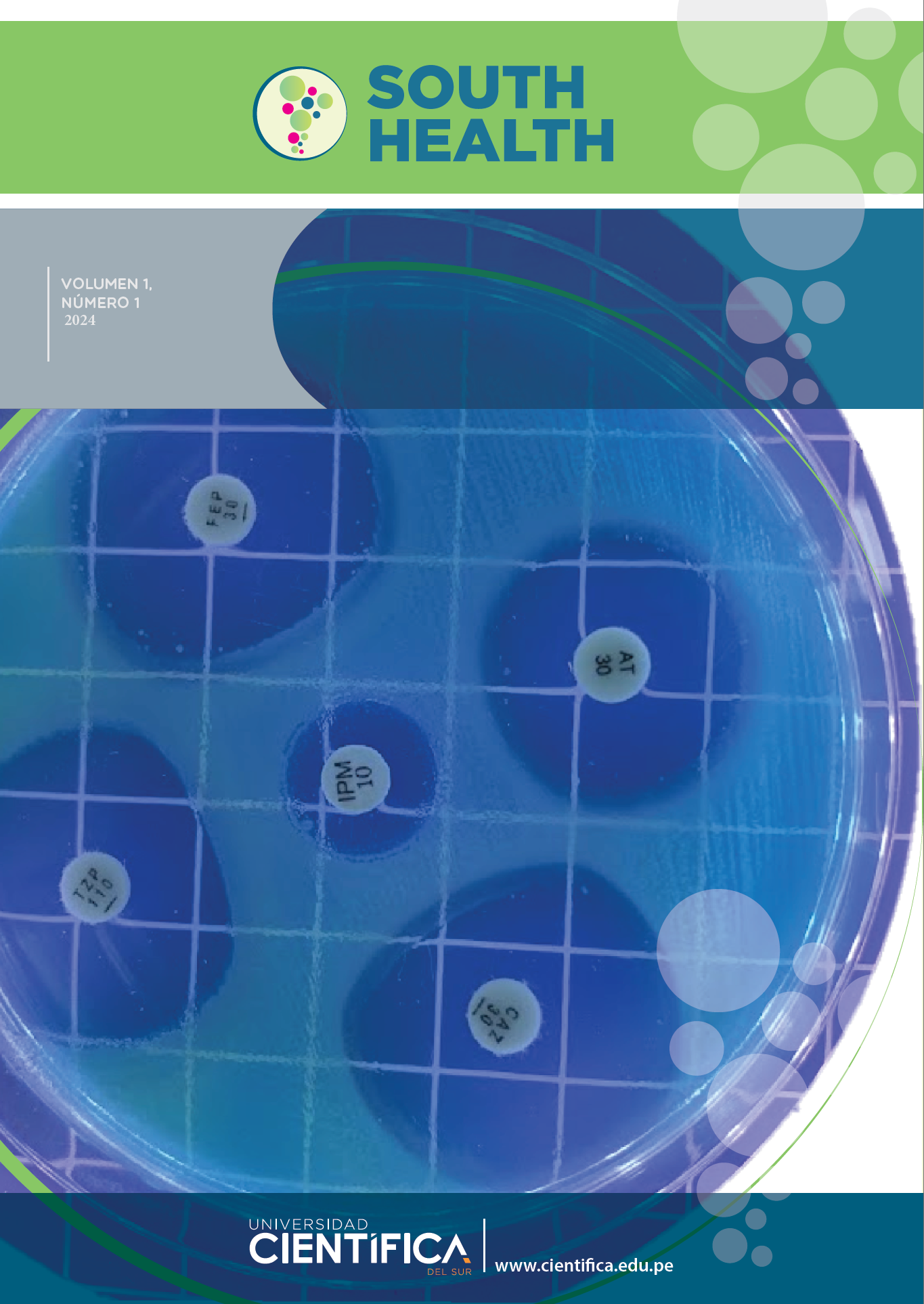Climate change and infectious diseases in pediatric global health
DOI:
https://doi.org/10.21142/SH-01-2024-e004Keywords:
Climate change, Pediatrics, Infectious diseases, Global health, Environment and public healthAbstract
In recent years, the consequences of climate change on global health have drawn increasing attention. Climate change is known to trigger extreme weather events, alter rainfall patterns, raise ocean/sea levels, and disrupt ecosystems, resulting in devastating effects on human life and the environment. Children, especially those living in low-income countries, are particularly susceptible to climate change-related health risks. This article explores the implications of climate change on pediatric global health, particularly through its impact on infectious diseases. Infectious diseases, notably those transmitted by vectors like mosquitoes, are acutely sensitive to climate fluctuations. Warmer temperatures expand the geographic range of disease-carrying vectors, fostering the transmission and outbreak of diseases such as arboviral diseases (dengue, chikungunya, etc.), malaria, and other vector-borne infections. Climate-induced changes in water availability and food security heighten the risk of diarrheal diseases, disproportionately affecting vulnerable populations like young children. HIV and other viral diseases are also influenced by climate change. As well as in tuberculosis, these diseases are strongly determined by socioeconomical factors; and poverty, poor housing, forced population movement, or health system disruptions driven by climate change exacerbate disease burden and hinder their effective epidemiological control. Moreover, new infectious diseases may emerge from adaptation of microorganisms to higher temperatures. For example, fungal infections pose a significant concern, particularly for immunocompromised children. Addressing the multifaceted challenges of climate change on infectious diseases and child health demands urgent action. Establishing robust disease surveillance systems, implementing public health interventions, and fostering international collaboration are crucial in mitigating the incoming threats.
Downloads
Downloads
Published
Issue
Section
License
Copyright (c) 2024 South Health

This work is licensed under a Creative Commons Attribution 4.0 International License.








